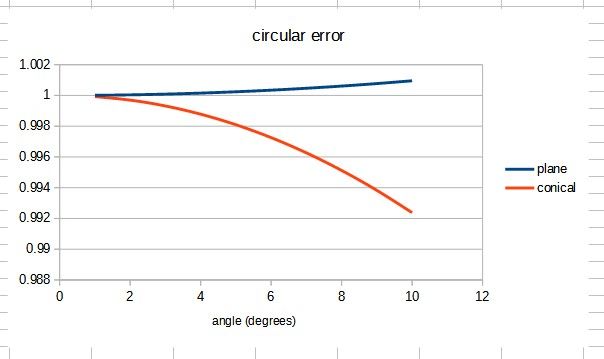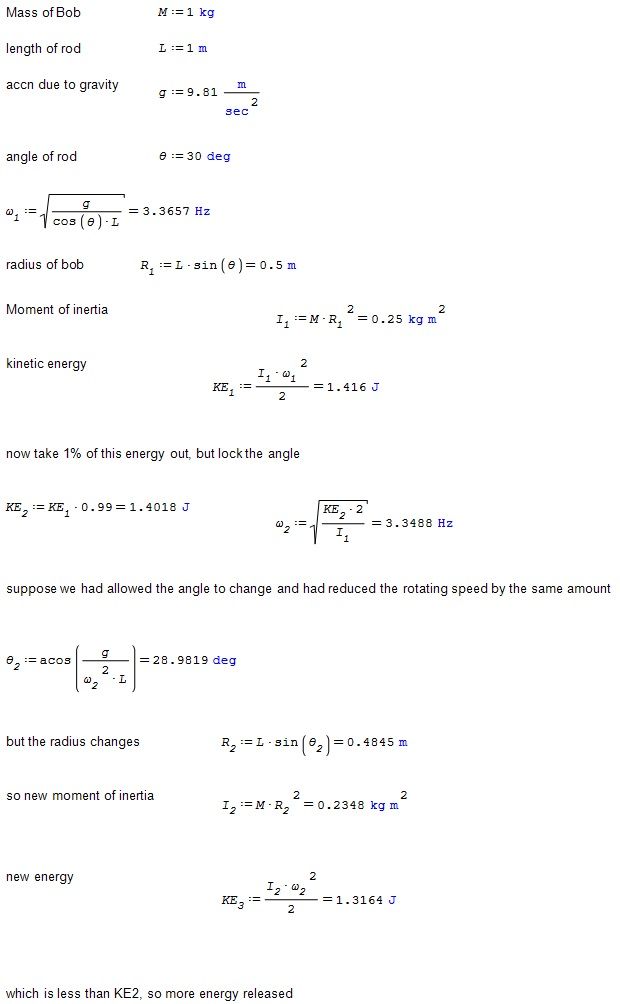Posted by duncan webster on 27/05/2022 15:57:31:
The bob isn't stationary relative to the suspension point, it is swinging at its resonant frequency. The suspension point is moving relative to the rest of the world sinudoidally with the same amplitude but 180 degrees out of phase. Add the two together and the bob has no sideways motion relative to the rest of the world.
But "the rest of the world" – or the "fixed stars" – is what determines that the bob has mass, inertia, and momentum. If it's stationary relative to the these then when the suspension point moves it will exert a gravitational force on the bob (times the sine of the instantaneous angle) causing it to accelerate and start swinging at its resonant frequency with respect to "the rest of the world". You can make relative motions disappear by transforming to other reference frames for constant velocity but not when acceleration and gravity are concerned.
If the suspension point is a twin gimbal then the pendulum will have two resonant frequencies in orthogonal directions, rather like the "solar sidereal" clock I mentioned earlier. These will be very close together and it wouldn't be surprising if the pendulum swung in a slight ellipse as a result. I don't think this would be due to an "Foucault" effect, it's hard enough to show effects of the earth's rotation even with very long precision pendulums! But a fascinating lock – it seems to be the only example of a clock actually using a conical pendulum for timekeeping there is.
Also, at the end of the train there must be a wheel rotating at the speed of the pendulum driving the "pallet" – it's unlikely this will be dead true so there could easily be a varying drive torque every rotation. The short sequence showing the movement around 1:13 in aren't showing very even rotation either.
Edited By John Haine on 28/05/2022 12:23:15
 Michael Gilligan.
Michael Gilligan.






